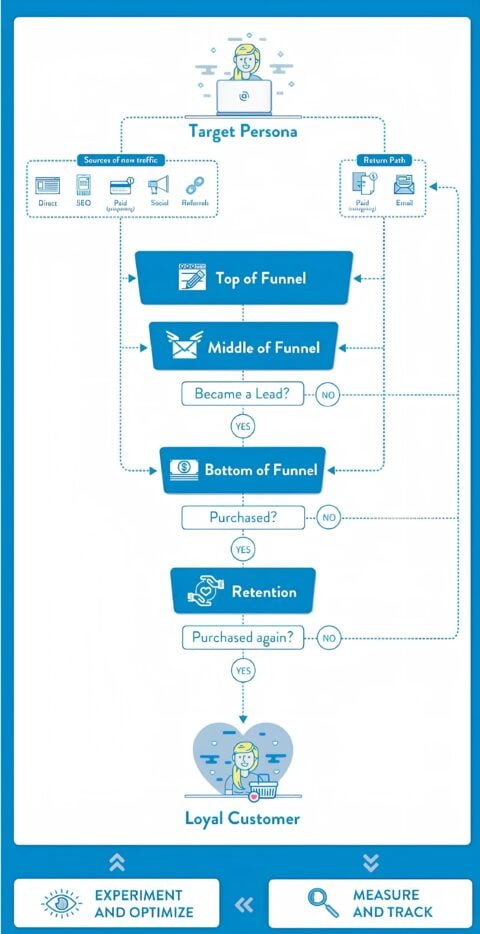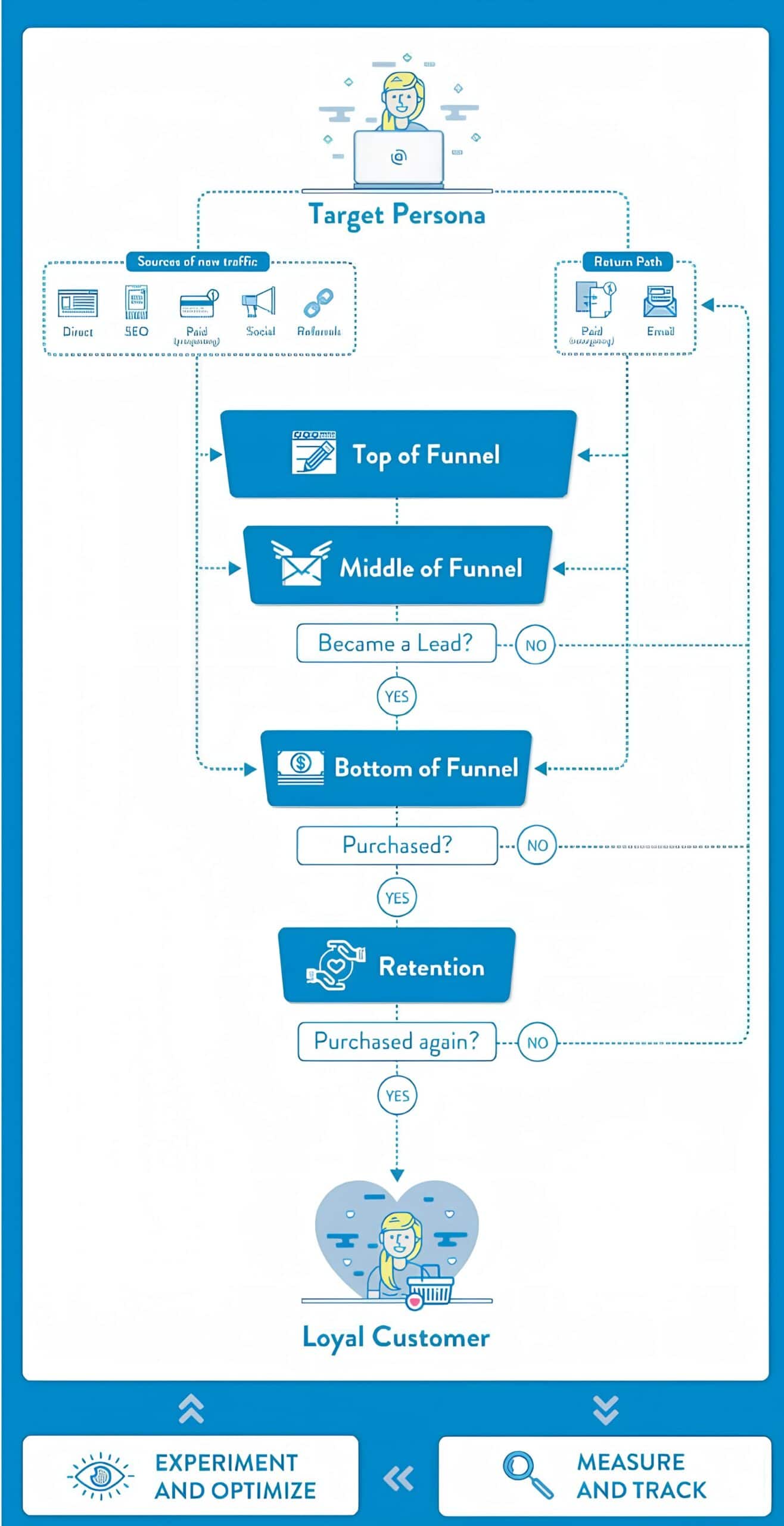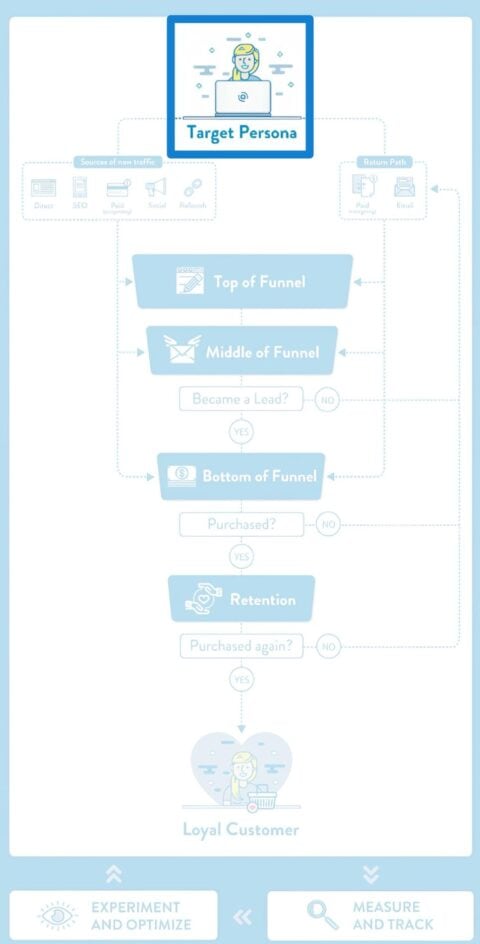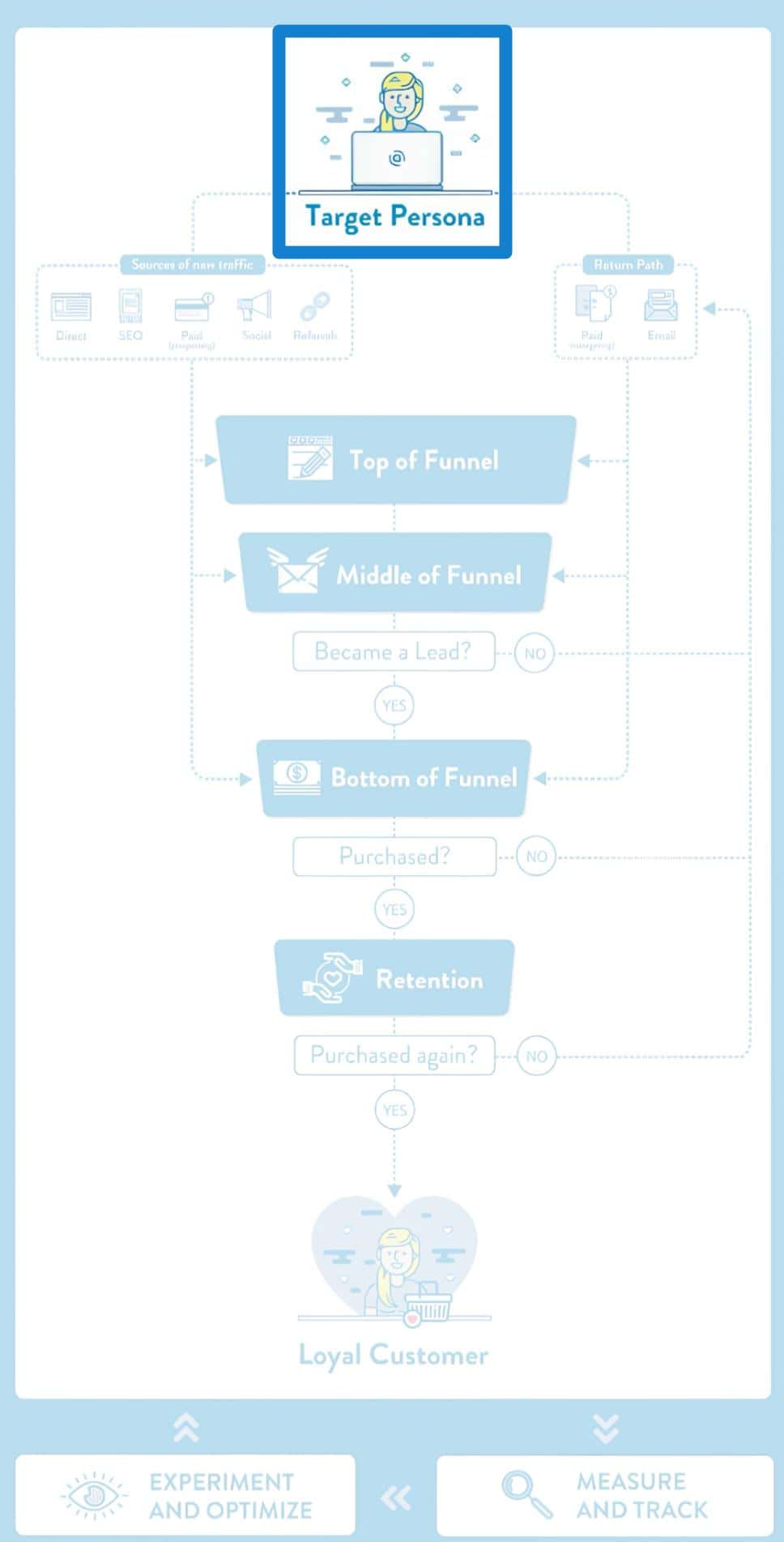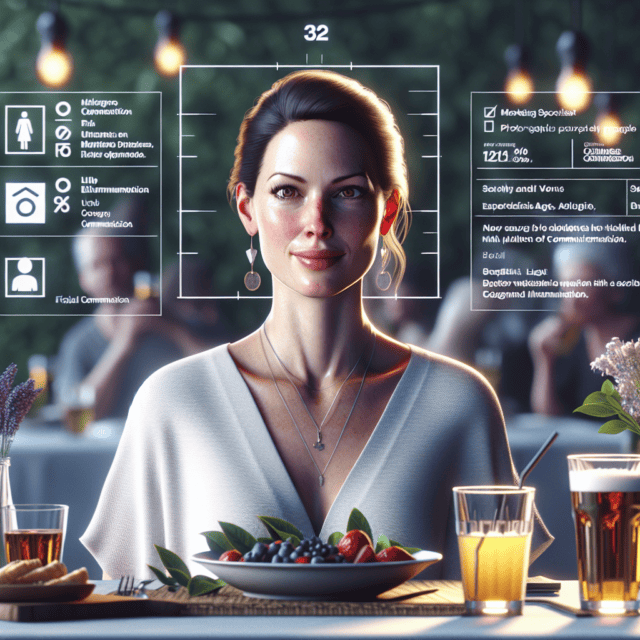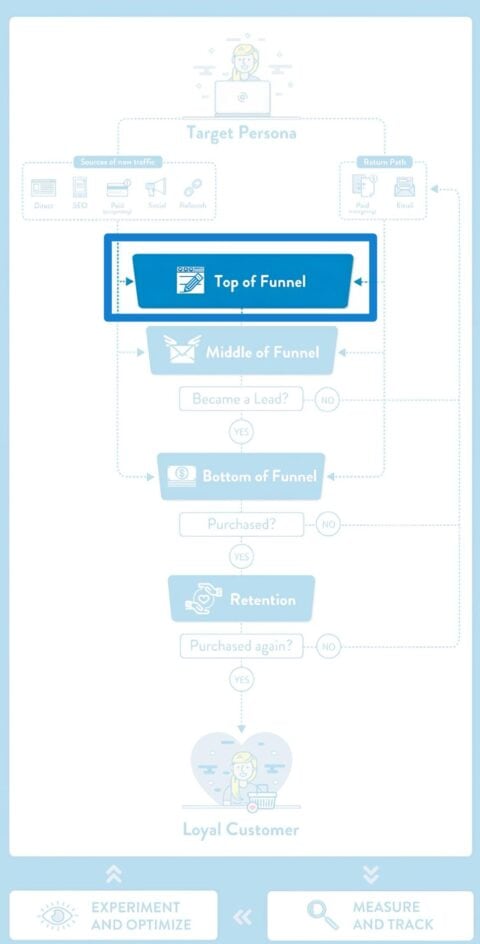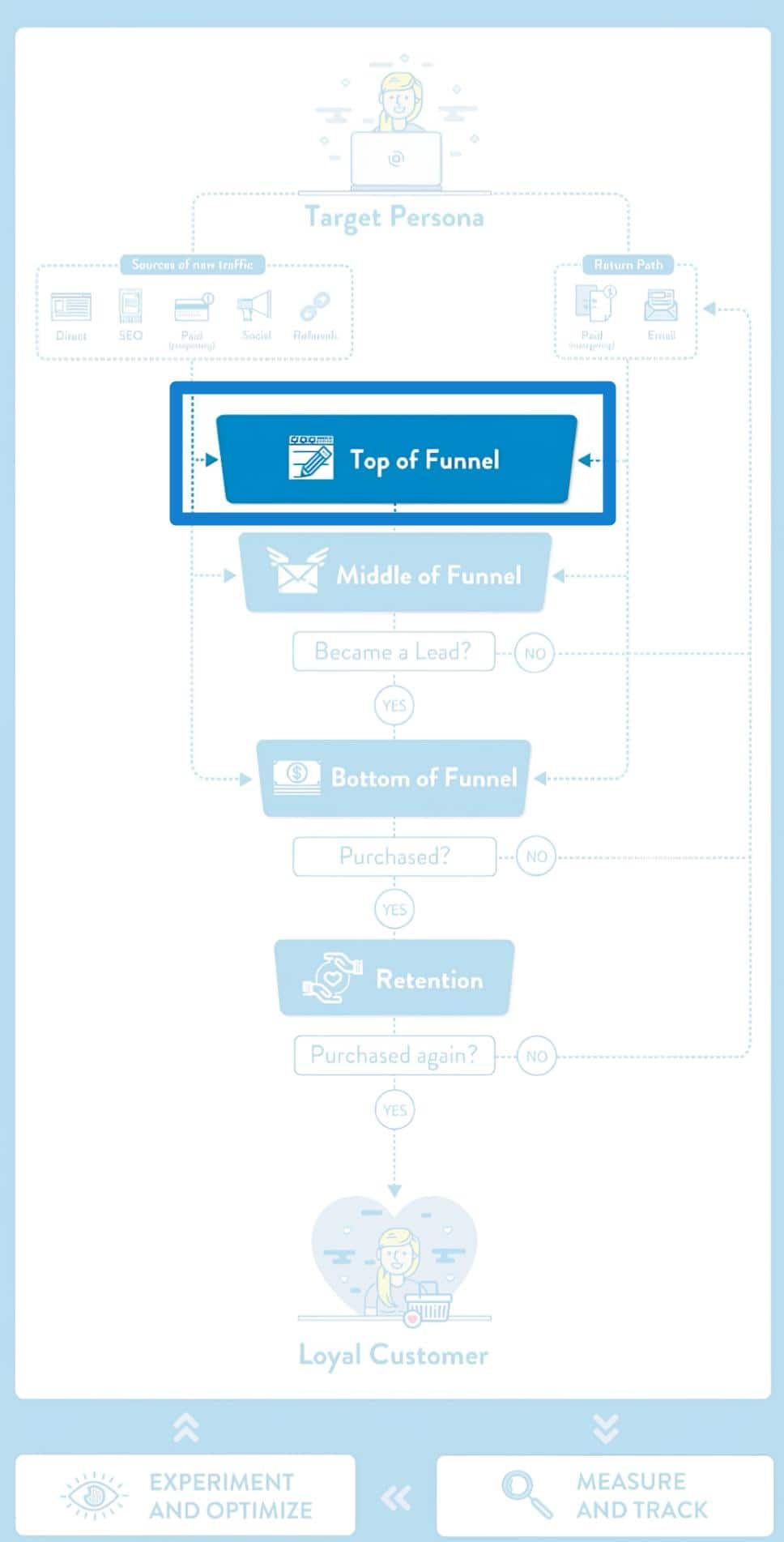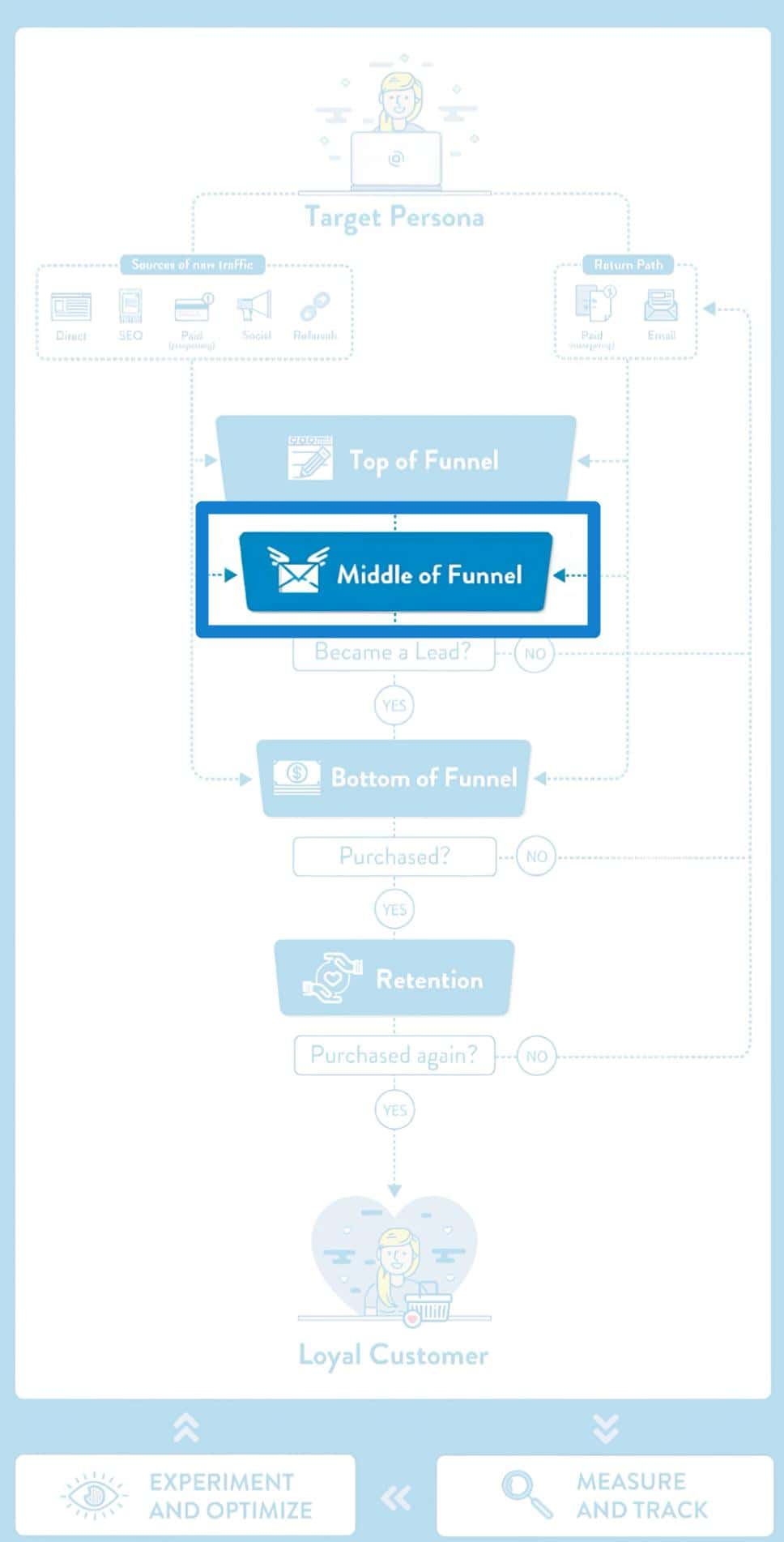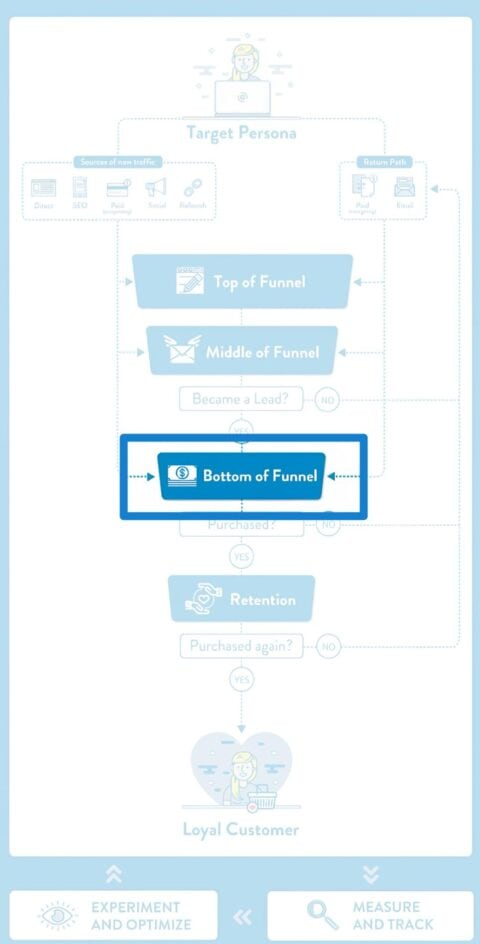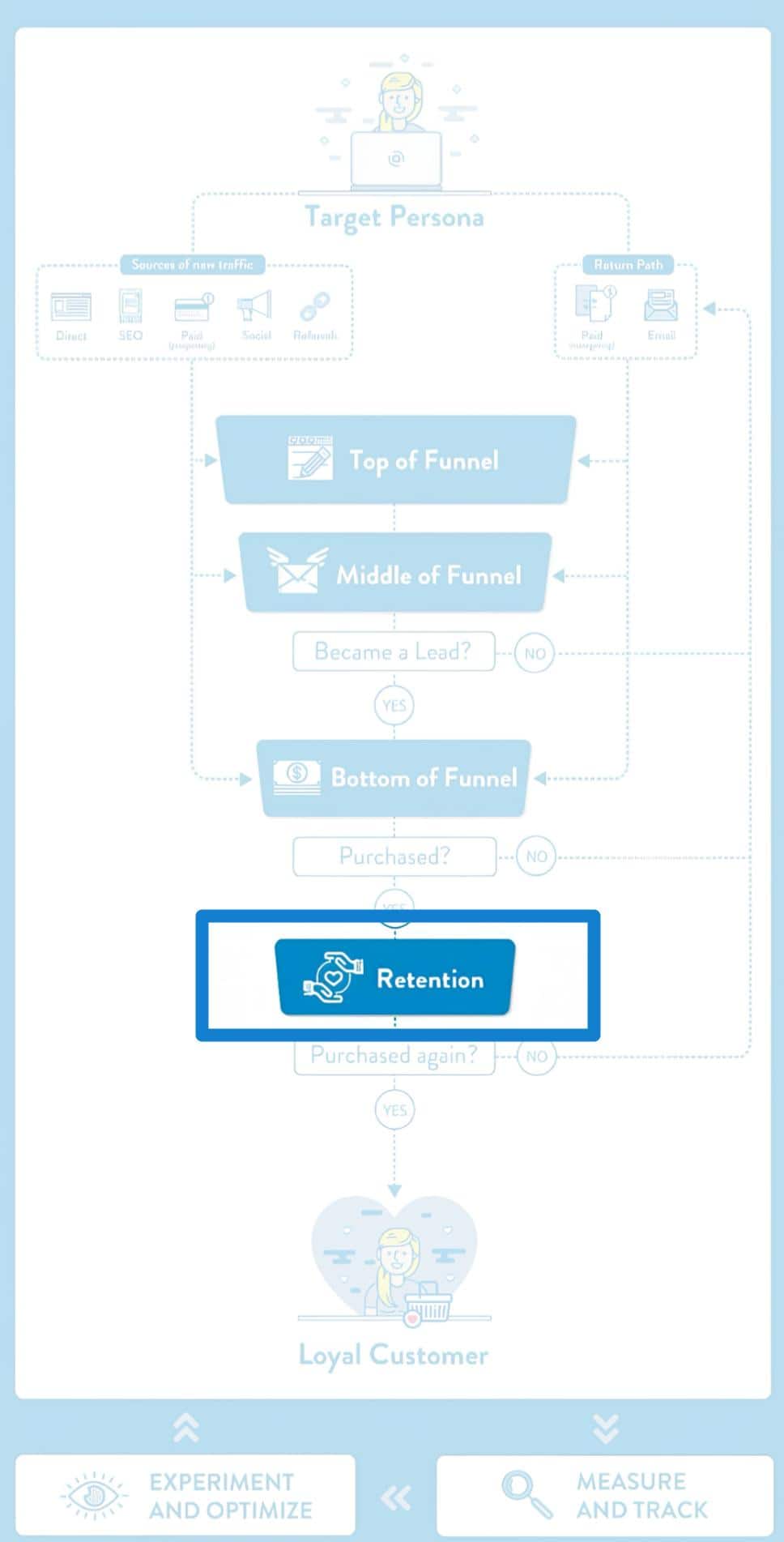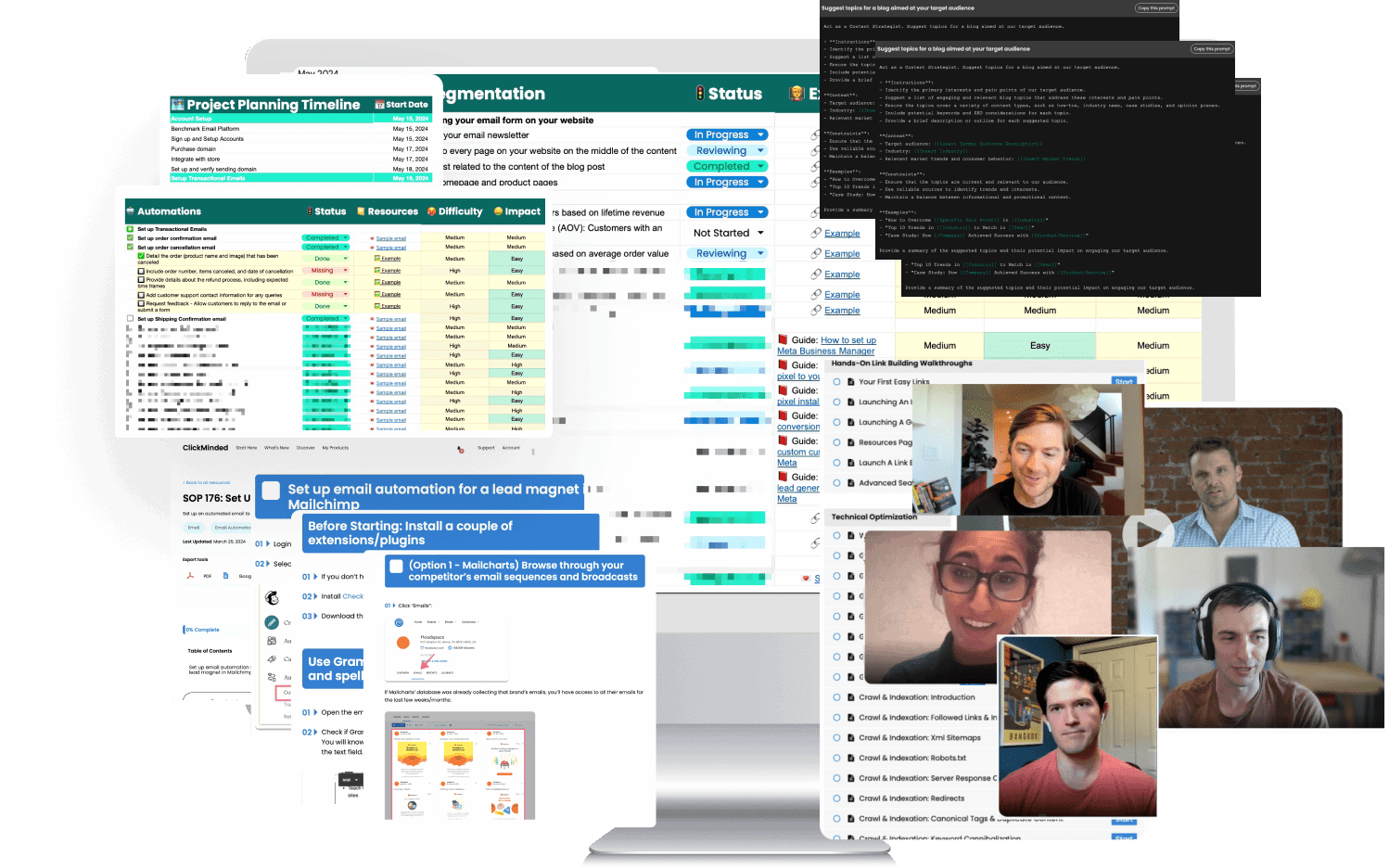📈
Your Goal at the Retention Stage: Increase Lifetime Value
In the retention stage, your marketing persona is already a customer of your product. Your objective is to increase the value you can extract from them directly by generating repeat purchases, upsells, or reducing churn; or indirectly by improving brand image or promoting referrals.
Customer satisfaction score
📝
Content Marketing
The objective of the content you'll create at the retention stage is to keep your existing customers happy by providing ongoing value (even after purchasing.)
Content ideas:
Post-visit email series: 'Thank You for Dining with Us' featuring a personalized experience recap and inviting to share on social media.
Monthly spotlight on a new dish created from seasonal produce, highlighting local farmers and ingredients.
Loyalty program introduction video explaining benefits and rewards system for frequent diners.
Social media campaign celebrating customer anniversaries with special offers.
Cooking class promotion: 'Learn to Cook with Our Chef' inviting customers back for hands-on experiences.
What to measure:
Engagement rates on post-visit emails
Participation in loyalty program
Social media mentions from customer spotlights
🔎
SEO
At the bottom of the funnel, you'll want to make sure your marketing persona can find all the information she needs to get the most of your product (e.g. knowledge base articles), or to solve any problems that may arise (e.g. support/contact page.)
Keyword ideas:
Best local restaurants for families who care about sustainability
Healthy meal prep ideas inspired by our restaurant menu
Healthy dining testimonials and feedback from regular diners
Kid-friendly meals that appeal to parents
Family dining experience reviews for [Restaurant Name]
What to measure:
Keyword ranking for loyal customer content
User engagement on returning customer-oriented pages
🎯
Paid Advertising
At this stage of the funnel, you might choose to be run campaigns promoting of new features, upgrades, or promotions.
Target audience ideas:
[Remarketing] Facebook/Meta Ads: Visitors who made a reservation but haven’t returned in the last 30 days.
[Remarketing] Google Ads: People searching for family-friendly restaurants after visiting the website previously.
[Prospecting] Instagram Ads: Health-conscious consumers looking for exciting dining experiences and local events.
[Remarketing] YouTube Ads: Previous guests receiving ads for cooking classes or exclusive tasting events.
[Prospecting] Google Display Ads: Targeting users interested in healthy eating alongside ads promoting family meals at the restaurant.
What to measure:
ROAS on retention campaigns
Engagement of remarketing ads
📱
Social Media
Retention campaigns on social media revolve around building a sense of community with your existing customers. You'll do a lot of monitoring of brand mentions on social media.
Social media campaign ideas:
Creating a hashtag for customers to share their dining experiences, promoting organic reach.
Highlighting behind-the-scenes chef stories that demonstrate staff commitment to quality and customer experience.
Running a monthly photo contest where customers can submit their best dining photos for a chance to win a meal voucher.
Monitoring and responding to brand mentions to thank customers for their support and address any concerns.
Posting weekly family dinner themes featuring specific menu items to encourage group dining.
What to measure:
Engagement on customer-generated content
Growth of followers participating in the photo contest
Mentions and interactions across social media
📧
Email Marketing
Retention email campaigns will be a mix of educational emails (onboarding, activation, etc), transactional emails (reports, receipts, reminders, etc), and promotional emails (upgrades, upsells, etc.)
Email marketing campaign ideas:
Monthly newsletter summarizing past events and sneak peeks of upcoming menu changes.
Exclusive event invitation emails for regular customers showcasing upcoming live music nights or cooking demonstrations.
Feedback incentivization email requesting reviews after visits with discounts for future meals based on sharing.
Personalized birthday emails offering special discounts to encourage a celebratory visit.
Re-engagement email targeting lapsed customers to bring them back with a limited-time offer.
What to measure:
Open rates on newsletters
Redemption rates for birthday offers
Follow-up survey response rates
🧪
Marketing Experiments
Your retention experiments will have the objective of maximizing lifetime value of existing customers.
Experiment ideas:
A/B test different loyalty program structures to determine what drives more sign-ups.
Test various email formats to enhance customer response rates on feedback requests.
Experiment with post-visit follow-ups timing to optimize engagement levels.
Monitor customer journey metrics to identify drop-off points where repeat visits decrease.
A/B test the effectiveness of using testimonials in emails versus plain text updates.
What to measure:
Conversion rates for loyalty program sign-ups
Engagement scoring from automated feedback forms
Customer retention rates over time

